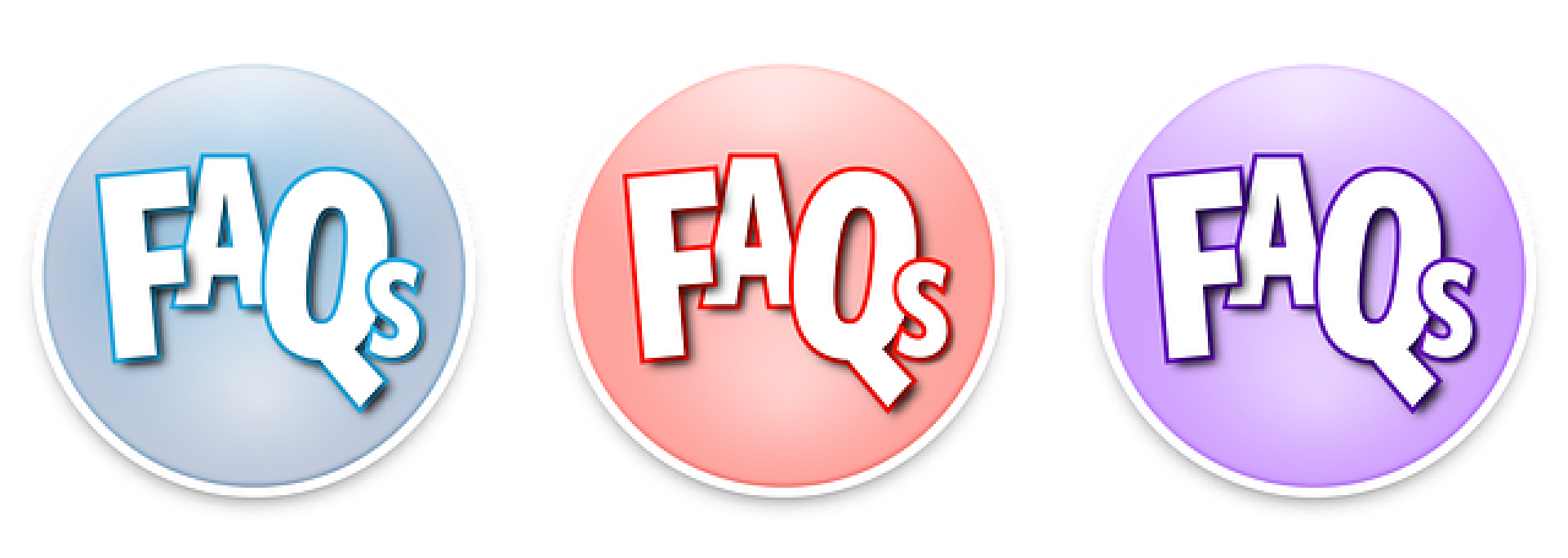Under rollover relief, the gain arising on the disposal of the old asset is either deferred for a limited period (if the asset is a "depreciating asset"), or permanently deferred if the new asset is non-depreciating. Partial relief is available where only part of the proceeds from the sale are reinvested.
Assets which qualify for the relief include land and buildings occupied and used for the purpose of a trade; and fixed plant or machinery, that is not part of a building.
The old asset must have been used throughout the period of ownership solely for the purposes of a trade carried on by the taxpayer or by their personal trading company (an apportionment is made where there has been non-business use).
The new asset must initially be used for the purpose of an ongoing trade, though the deferred gain does not crystallise if the asset subsequently ceases to be used in a trade (unless the new asset is a depreciating asset).
The replacement asset must be acquired or contracted for in the time period starting one year before and ending three years after the disposal of the old asset.
If the new asset is not a depreciating asset, the gain on the old asset is deferred by deducting it against the base cost of the new asset.
If the new asset is a depreciating asset, the gain on the old asset is frozen until the earliest of:
- the disposal of the replacement asset; or
- the replacement asset ceasing to be used in the trade; or
- ten years after the acquisition of the replacement asset
A depreciating asset is an asset with a predictable life of 60 years or less. Fixed plant & machinery is always treated as a depreciating asset.
If you want to find out more about rollover relief, or find out whether you (or your company) may be eligible to claim, contact us today.



